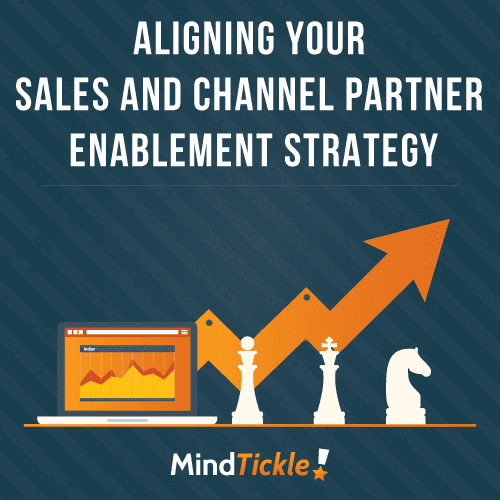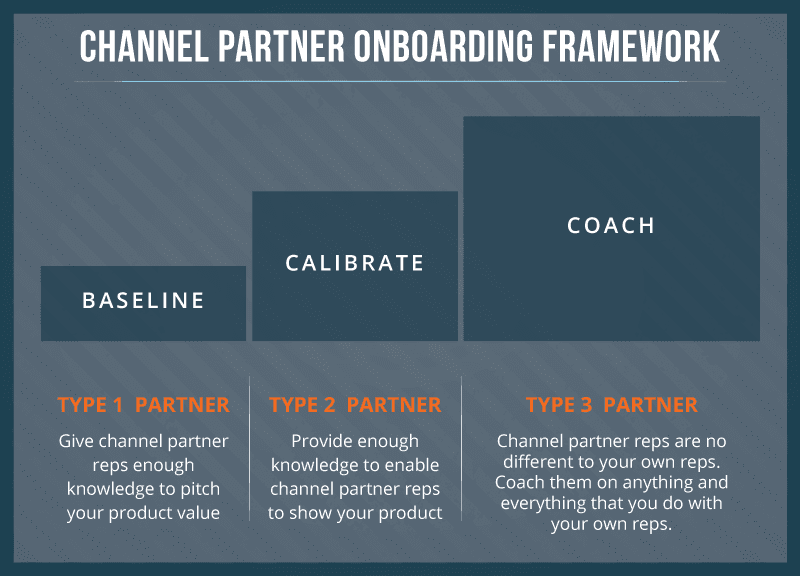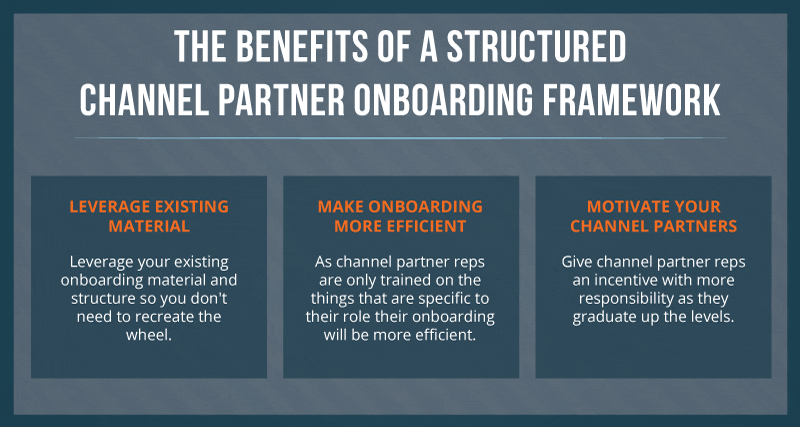 For growing companies that have pursued a targeted or global channel strategy, there comes a point in time when they have to look at how to align their internal sales enablement and their channel partner enablement strategies. Speaking to many customers who are facing this challenge, there’s no silver bullet that magically brings the two together, and surprisingly some didn’t actually think it was necessary to align the two closely at all.
For growing companies that have pursued a targeted or global channel strategy, there comes a point in time when they have to look at how to align their internal sales enablement and their channel partner enablement strategies. Speaking to many customers who are facing this challenge, there’s no silver bullet that magically brings the two together, and surprisingly some didn’t actually think it was necessary to align the two closely at all.
After all the two functions are run as separate initiatives. Separate teams, separate accountabilities and their own unique problems. However, as we work closely with many sales enablement and partner enablement teams, I’ve found that there are some good opportunities for businesses to leverage synergies between the two departments.
Overlapping perspectives
As both sales and channel partner teams are trying to get sales reps ready to sell, there are natural areas where their needs overlap. But the level of control and relationship between an internal sales team and a channel partner team are markedly different. Channel partner reps’ motivations for selling your product differ and their go-to-market models are certainly not the same. This means the approach to enablement also needs to differ.
But there are similarities in terms of the type of customer conversations each needs to have in order to sell your product, and of course, they need to understand what they’re selling. These similarities make onboarding a good place to start looking for opportunities for synergies between your two enablement programs.
Leverage similarities in onboarding programs
By leveraging existing onboarding programs created for your internal sales teams many of our customers have been able to exploit the similarities across the two channels; saving time and significant cost in the process. The key is knowing how to differentiate between the programs so that they are suitable for their audience.
For example, a recommended framework for channel partner onboarding could follow the same base plan. While your internal sales reps have a
30, 60 and 90-day plan
, you could structure it as a tiered program for your channel partner reps. Not all your channel partners want to go through a full-blown onboarding program, and that’s why you have tiered program. A premium partner would go through all three tiers. Each rep could graduate to a new level of responsibility after completing each certification (or tier).


Just like your internal onboarding program is aligned in your CRM, you could use your partner relationship management platform (PRM) to structure your tiers.


While the first two points address the issue of time and cost, the third one highlights a particular difference between internal sales onboarding and channel partner onboarding. While you measure engagement metrics for internal sales reps, they may not apply to your channel partner reps. After all, their motivations to learn and sell your product may be entirely different and influencing them largely out of your control.
Customize where appropriate
A few of the customers I spoke to have found that a standardized approach to onboarding isn’t always the best way to motivate channel partner reps, but this is really dependent on the type and mix of channel partners that they had. For example, one business has a channel partner who, in their own right, has a significant presence and personality in the market. They felt that this warranted them creating an exclusive partner enablement environment for their reps. They injected it with their channel partner’s brand personality and aligned it with other training that they implemented. This, in turn, engages their channel partner reps and helped get them ramped up quickly.
Differentiation is sometimes necessary
While enablement initiatives can be leveraged for channel partners, there are certain initiatives that many felt required differentiation. One such area is when it comes to providing talking points for your channel partner reps. Particularly for your Type 1 and 2 reps, this is a key way to engage and keep them motivated to sell your product. Talking points may be in the form of success stories that give them ideas on new ways to sell your product or new product feature launches that provide an interesting value addition to your product.
For Type 3 channel partner reps it is essential to their continued success that they are enabled in the same way your internal sales reps are. Each product update or change in the competitive landscape can make the difference between closing the sale or not, so they need to be enablement needs are more involved for ongoing readiness.
Coaching is another area where enablement initiatives are more difficult to leverage for Type 1 and 2 channel partners. This is because it isn’t always practical for these channel partner reps to get to the level of detail required to invest in video certifications for example. Some either omitted this completely, while those with Type 1 channel partners who have more sophisticated tiered programs added this into their program.
Enablement must benefit the users
While it is possible to align your sales and channel partner enablement efforts, the key takeaway I had from my discussions was that it was always necessary to remember who your audience is and what they need when designing enablement initiatives. With this in mind it is possible to leverage existing material, but inevitably there will be differences that need to be accommodated. After all, your endgame is to sell more, and the better equipped your channel partner reps are to do this the higher your chance of success.








